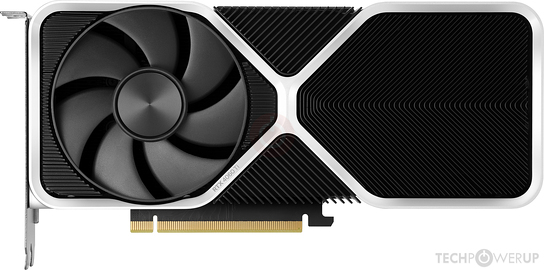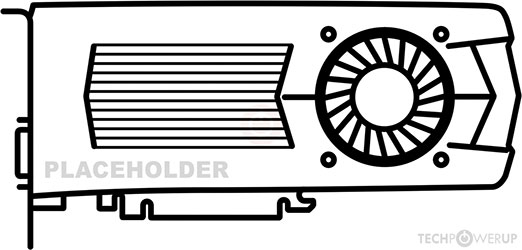D
Deleted member 187435
Guest

NVIDIA GeForce RTX 4060 Ti 8 GB Specs
NVIDIA AD106, 2535 MHz, 4352 Cores, 136 TMUs, 48 ROPs, 8192 MB GDDR6, 2250 MHz, 128 bitwww.techpowerup.com
Assuming that the provisional specs for the 5060 Ti end up being real, the configuration is basically the full AD106 chip but "ported" to Blackwell.
NVIDIA GeForce RTX 5060 Ti Specs
NVIDIA GB206, 2572 MHz, 4608 Cores, 144 TMUs, 48 ROPs, 8192 MB GDDR7, 1750 MHz, 128 bitwww.techpowerup.com
nVidia didn't give us a desktop GPU with the full chip, it would've been a 4060 Ti Super.
Looking at the render config table there is a ~6% increase in everything but ROPs and cache. The Boost Clock is increased by less than 2%. All of this would amount to about 7-8% more performance. However the bandwidth then comes into play.
Personally I am convinced that the 4060 Ti was bottlenecked by the bandwidth but I don't know to what degree, if only slightly or perhaps severely.
The bandwidth is about 56% higher on the 5060 Ti, so whatever the bottleneck was on the 4060 Ti it is completely eliminated now thanks to such a significant bump.
Regarding performance, on the 4060 Ti gpu specs page where that card is taken as a baseline we then have three cards that have about 15% more performance -> the RTX 3070 Ti, the RX 7700 XT and the RX 6800. The RTX 4070 has 29% more performance.
My most favorable guess is that the 5060 Ti is going to have roughly 15% more performance than the 4060 Ti and thus it will slot in halfway between that and the RTX 4070.
Reminds me of the 1660 Super which had a huge 75% more bandwidth than the regular 1660. This only translated into about 9% faster performance overall though (the clocks being identical).







